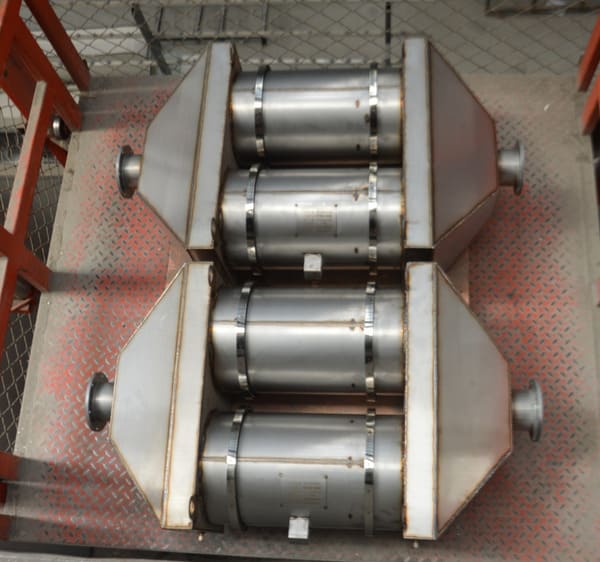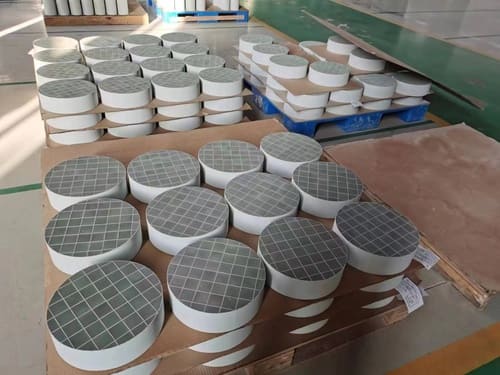Do you find yourself curious about how the technology in your diesel-powered generator works? Ever wondered what ensures that your generator’s exhaust is as clean as possible, despite burning diesel fuel? A critical component that aids in this is the Diesel Particulate Filter (DPF), but how exactly is a DPF applied in a generator?
The application of a DPF in a generator is primarily to reduce harmful diesel particulate emissions. As generators operate, the DPF traps and subsequently burns off soot particles, thus significantly reducing the pollution associated with generator use.

Let’s further examine how DPFs function within generators, and the advantages they offer.
How Does a DPF Work in a Generator?
A DPF in a generator functions similarly to how it works in a vehicle. The filter captures soot particles in the exhaust gas that are generated when the diesel fuel is burned. Over time, these soot particles are burnt off during a process called ‘regeneration’, converting them into less harmful gases before they are released into the environment. You can learn more about this process from this Cummins article.
Why Is a DPF Important for Generators?
The importance of a DPF in a generator stems from its role in minimizing harmful emissions. Diesel generators, especially older models, are known for their high soot emissions. The DPF plays a critical role in reducing this pollution, making generators safer for both the environment and the people around them.
What Benefits Does a DPF Offer to Generator Users?
The primary benefit of a DPF in a generator is a significant reduction in particulate emissions. This means a cleaner environment and less potential health risks for people near the generator. Additionally, depending on the local environmental regulations, using a DPF can help users adhere to emissions standards, potentially avoiding fines and contributing to a more sustainable future. An interesting read on this topic can be found on the Energy Institute’s site.
What Are the Maintenance Requirements for a DPF in a Generator?
Just like DPFs in vehicles, those used in generators also require regular maintenance. This typically involves cleaning the filter to remove excess soot and ash that might not have been burnt off during regeneration. Regular maintenance helps ensure the filter’s effectiveness and prolongs the life of the DPF and the generator. Generator Source offers more insights on maintaining generator emission systems.
Are All Generators Equipped with DPFs?
Not all generators are equipped with DPFs. The inclusion of a DPF often depends on the generator’s design and intended use. In areas with strict emission regulations, new generators are likely to be fitted with a DPF. However, older models or those intended for use in areas with less strict regulations might not have them.

Conclusion
The application of a Diesel Particulate Filter in a generator serves to minimize harmful emissions, making generator use safer for the environment and those nearby. While it does necessitate additional maintenance, the benefits of cleaner emissions and adherence to environmental standards make DPFs a critical component in many modern diesel generators.


